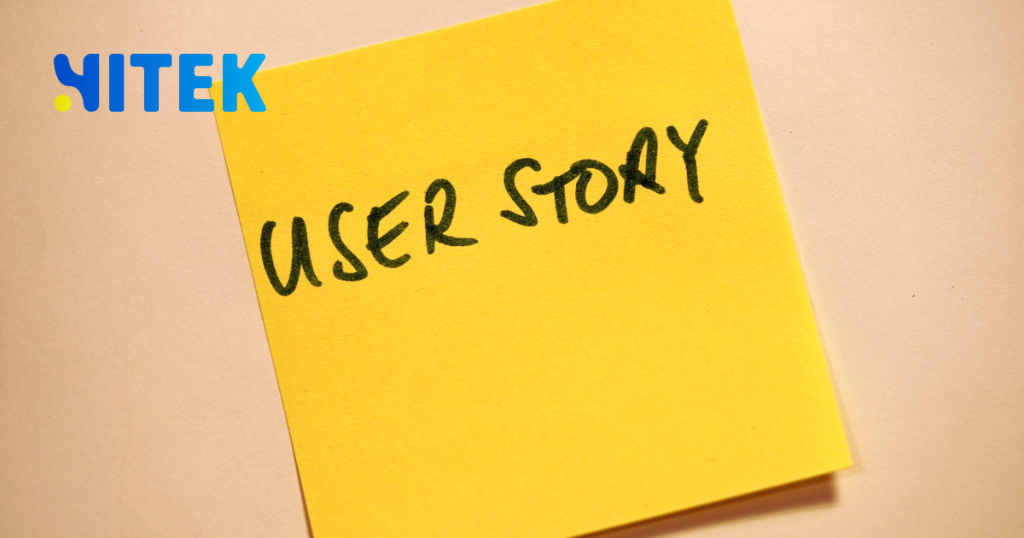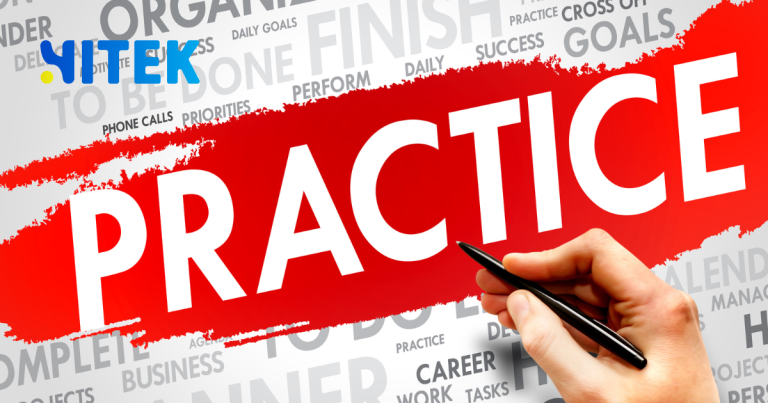In the world of software development, clarity is everything. Teams need to understand precisely what they’re building, why they’re building it, and who benefits from it. That’s where user stories come in—a simple yet powerful tool that aligns projects with real user needs.
If you’re part of an Australian tech team in Sydney, Melbourne, or Brisbane, mastering user stories can mean the difference between a smooth and chaotic development process. So, let’s break them down—what they are, why they matter, and how to write them effectively.
Contents
ToggleUser Stories Explained: The Basics
A user story is a simple description of a feature from the end user’s perspective. It follows a basic template:
“As a [type of user], I want [some goal] so that [some reason].”
For example:
“As a customer, I want to save items to a wishlist so that I can purchase them later.”
This format focuses on user needs rather than technical specifications. Unlike traditional requirements documents, user stories are concise, flexible, and written in plain language, making them easy for developers, designers, and stakeholders to understand.
Why User Stories Work
- User-centric: They shift the focus from “what the system should do” to “what the user needs.”
- Collaborative: Teams discuss and refine them together, ensuring clarity.
- Agile-friendly: They fit perfectly into sprint planning and backlog prioritization.
According to Atlassian, a leading Australian software company, user stories help teams “deliver value incrementally while staying adaptable to change.”
How to Write Effective User Stories
Not all user stories are created equal. A well-written one should be:
- Clear (no jargon)
- Testable (you should be able to verify it works)
- Small enough to complete in a single sprint
The 3 C’s of User Stories
- Card – A brief description (often written on a sticky note or digital card).
- Conversation – Discussions between the team to clarify details.
- Confirmation – Acceptance criteria that define when the story is “done.”
| Component | Example |
|---|---|
| Role | As a logged-in user |
| Goal | I want to reset my password |
| Reason | So that I can regain access to my account |
| Acceptance Criteria | The system sends a reset link to my email within 2 minutes |
Common Mistakes to Avoid
- Too vague: “Make the app better” → What does “better” mean?
- Too technical: “Implement OAuth 2.0” → Focus on the user benefit instead.
- Too large: “Build the entire checkout flow” → Break it into smaller stories.
For more best practices, check out Scrum Alliance, a global leader in Agile training.
Why Australian Tech Teams Love User Stories
Australia’s tech scene is booming, with cities like Sydney and Melbourne becoming significant hubs for startups and enterprise software. Companies like Canva and Atlassian rely on Agile methodologies, where user stories are key.
Benefits for Local Teams
✅ Better communication – Reduces misunderstandings between devs, PMs, and clients.
✅ Faster iterations – Allows for quick adjustments based on user feedback.
✅ Higher-quality products – Ensures features solve real problems.
If you’re working in an Australian startup or enterprise, refining your user story process can lead to smoother sprint planning and happier stakeholders.
Next Steps: Implementing User Stories in Your Workflow
Ready to start writing better user stories? Here’s how:
- Hold a backlog refinement session – Discuss and prioritize stories with your team.
- Use tools like Jira or Trello to track and manage stories efficiently.
- Review and iterate – After each sprint, assess what worked and what didn’t.
For more insights, explore Agile Australia, a region’s leading resource for Agile practices.
Final Thoughts
User stories aren’t just a project management tool but a mindset. By keeping the user at the development center, Australian tech teams can build software that truly resonates.
Need help refining your Agile process? Start by revisiting your user stories today.
Got a tip on writing great user stories? Could you share it in the comments?









